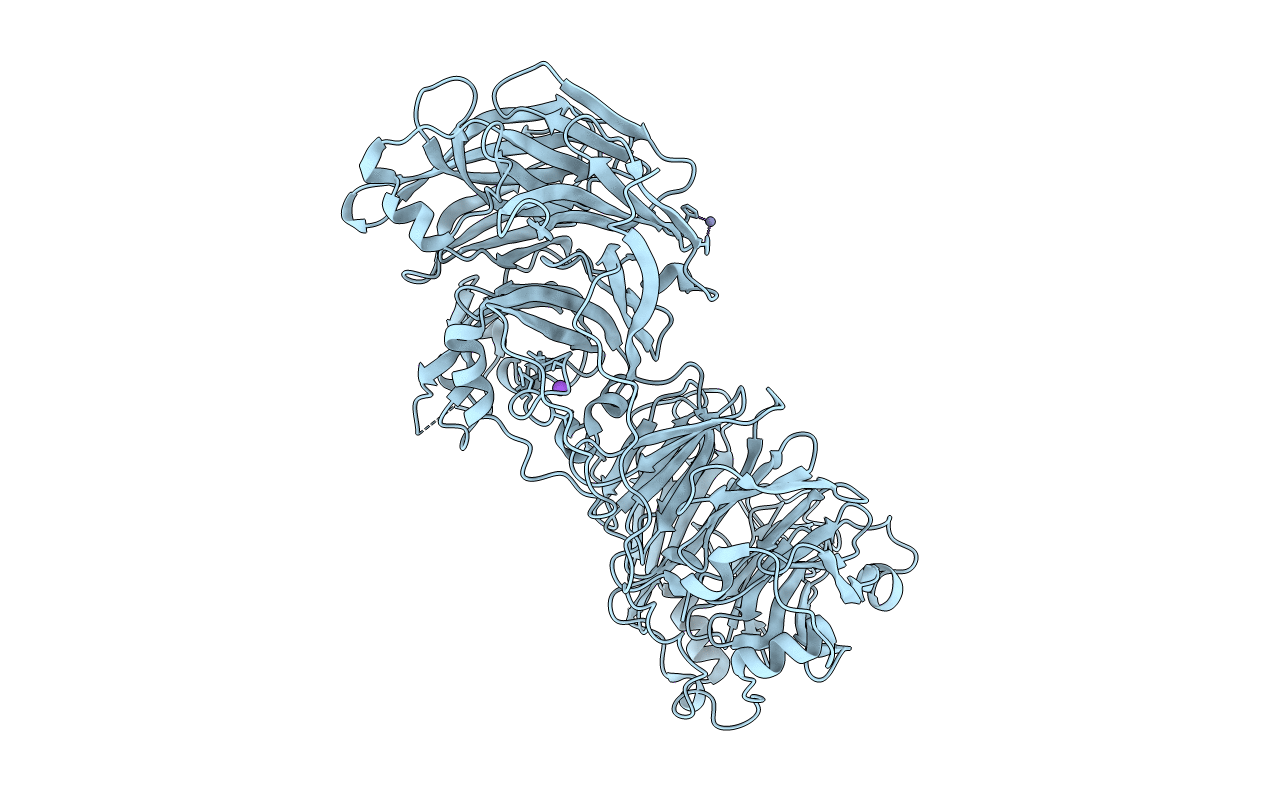
Deposition Date
2006-12-15
Release Date
2007-04-03
Last Version Date
2023-12-27
Entry Detail
Biological Source:
Source Organism:
Saccharomyces cerevisiae (Taxon ID: 4932)
Host Organism:
Method Details:
Experimental Method:
Resolution:
2.40 Å
R-Value Free:
0.26
R-Value Work:
0.21
R-Value Observed:
0.21
Space Group:
P 4 21 2


